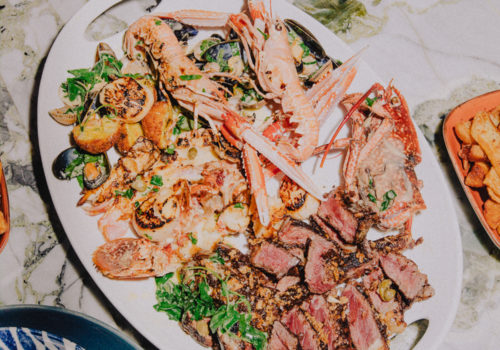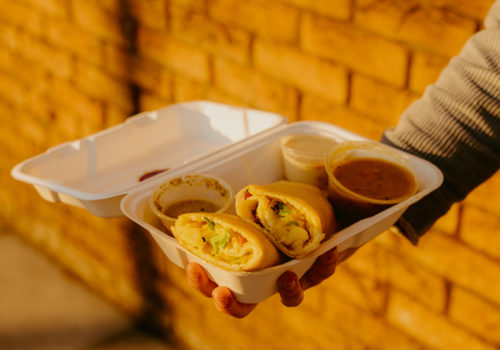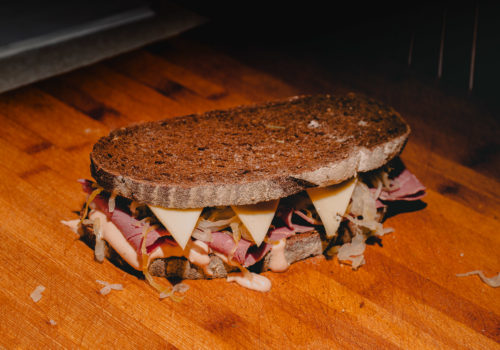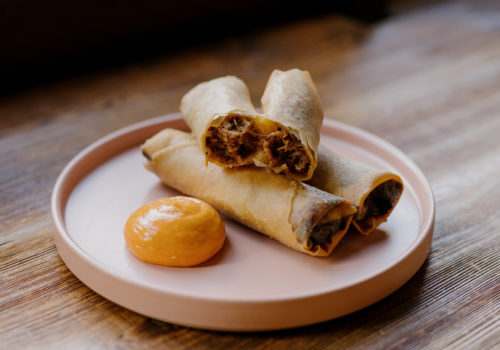Signature Dish: Chez Max’s Moules-Frites
Words: Emily Mullen
Photography: George Voronov
Signature Dish is one of the first food features on CHAR. If you’re unacquainted, we would like to welcome you with open and slightly grease-covered arms. With Signature Dish we focus on the overlooked darlings of eateries all over Ireland. All too often, chefs create culinary masterpieces that are passed over in favour of more recognisable dishes on their menus. No longer. We want to celebrate these unsung heroes and give you a new reason to pop in to our favourite restaurants. This week it’s Chez Max‘s Moules-Frites.
Chez Max, occupies a space in the very fibre of the Dublin food scene. The great grande dame of Dublin bistros feels as though it has always been and will forevermore be set into the very stones of Dublin. It’s an establishment that swirls around your consciousness, a spot that’s always been held in high esteem and known for its quality food. The location of Chez Max definitely feeds into this mystique, set in the loving embrace of Dublin Castle. The team have carved an entire patch of Dublin out by stretching their bentwood chairs across the corner of Palace Street. The space is calm, despite the chaotic crush of taxis on Dame Street and the convergence of pedestrians on their shortcut from George’s Street. Customers sitting in Chez Max can apply a detached level of observance to their ever so chaotic surroundings, which feels very French.
No one could argue Chez Max’s origins, it’s stall as a French bistro has been firmly set out. From the tricolore bunting to the light plinky plonk music piped out, to Chantale the torsoed model which proudly rests above one of the interior booths. Sashes and a couple of hats from Gonzague ‘Max’ de Laloubie the owner of chez Max are set atop Chantale’s inanimate head. The figure of Max looms pretty large during our interview with manager Tina Lidwa and head chef Kissonah ‘Javed’ Dharmasingh, who speak about their boss extremely fondly, as a progressive and larger than life character. Moving to Ireland in 2000 to improve his English, Max worked in kitchens around the city beginning as a kitchen porter, progressing to a waiter then becoming a manager. In 2003 Max opened a juice bar, called Max & Juice in the Palace Street location where Chez Max now stands. When the premises started selling coffees, the chef at the time suggested selling food, which they then duly did and Chez Max was born.
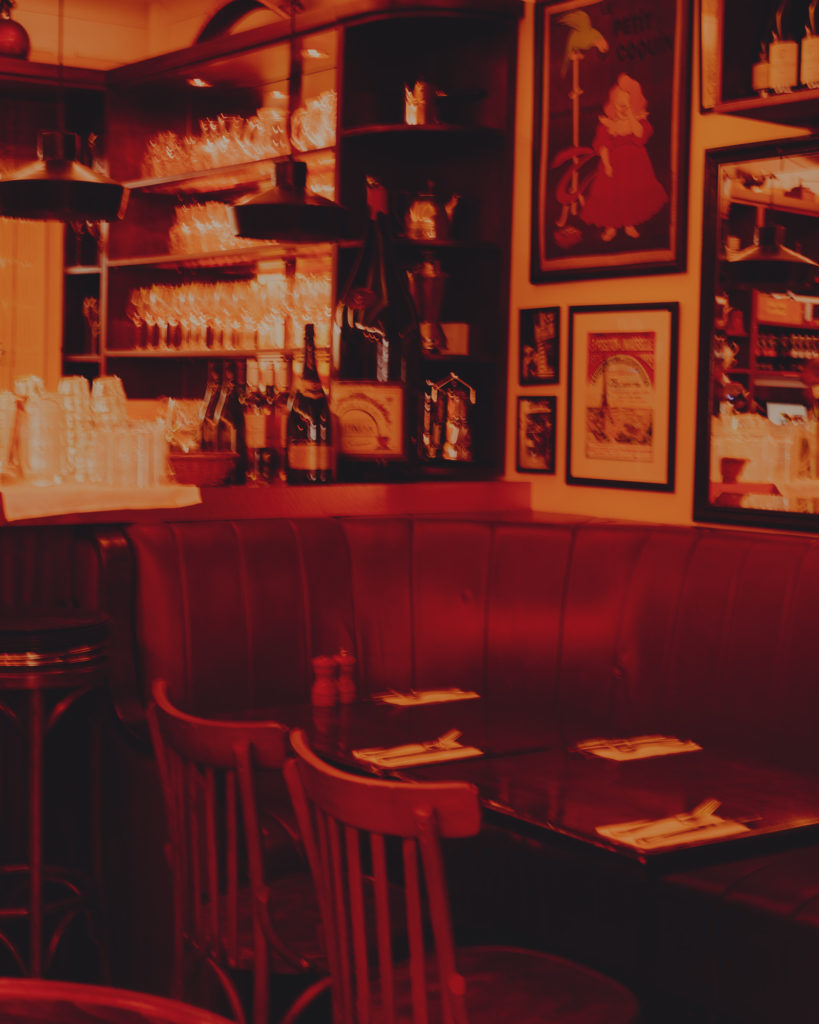
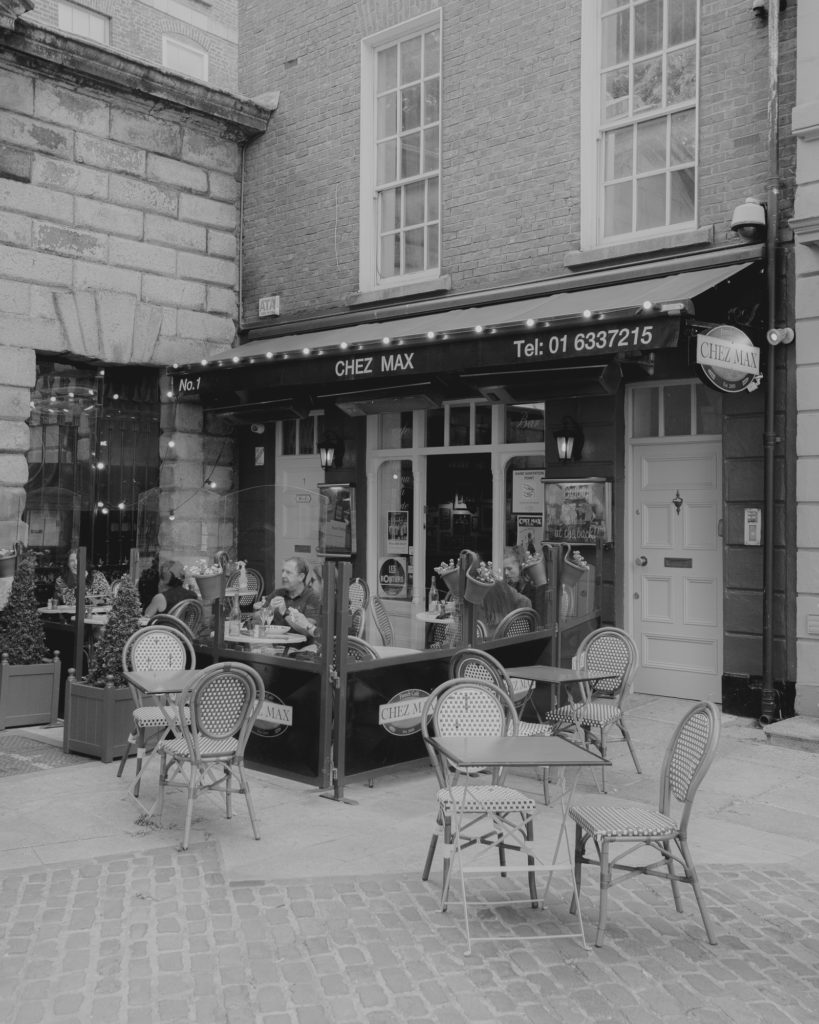
A second Chez Max restaurant was opened on Baggot Street in 2008, followed by a cafe in 2010, these were both closed in 2019, when Max’s partner died. “I feel like Palace Street suits him a lot,” Tina said, she added that Max can be found here most days, “sometimes he comes, he goes and then he comes back, it’s nearly like his second home”. The same can be said for a lot of people, customers and otherwise, who keep being drawn back to the place day after day. The pull is understandable, the manner of dining at Chez Max is unlike any other in the city.
We have some customers that come in and they won’t even look at the menu, they just ask for the plat du jour, they won’t even look at the board and see what it is.
Tina Lidwa manager of Chez Max
Down the narrow stairs is the kitchen, which is nicely sectioned off and exactly what you would imagine the kitchen in Chez Max to be. With baguettes propped up against the back, rounds of camembert dotted around, delicate filo pastry parcels being created by French-speaking staff. French-trained head chef Javed makes his moules in the classic marinière style. The restaurant goes through at least 100kgs of mussels and 300kgs of potatoes in a week from that kitchen. Starting with a dry pot, finely diced shallots are added, followed by a fair bit of garlic puree allowed to colour a bit, then a good glug of white cooking wine is added, it’s then left to boil. Whipping cream is then alongside some fresh thyme, once the cream has boiled the mussels are added. “If you put the wine, the cream and the mussels in together at the same time, the wine will break the mussels and the cream will separate,” Javed told us. “I don’t put salt in it, because the mussels are already salty”.
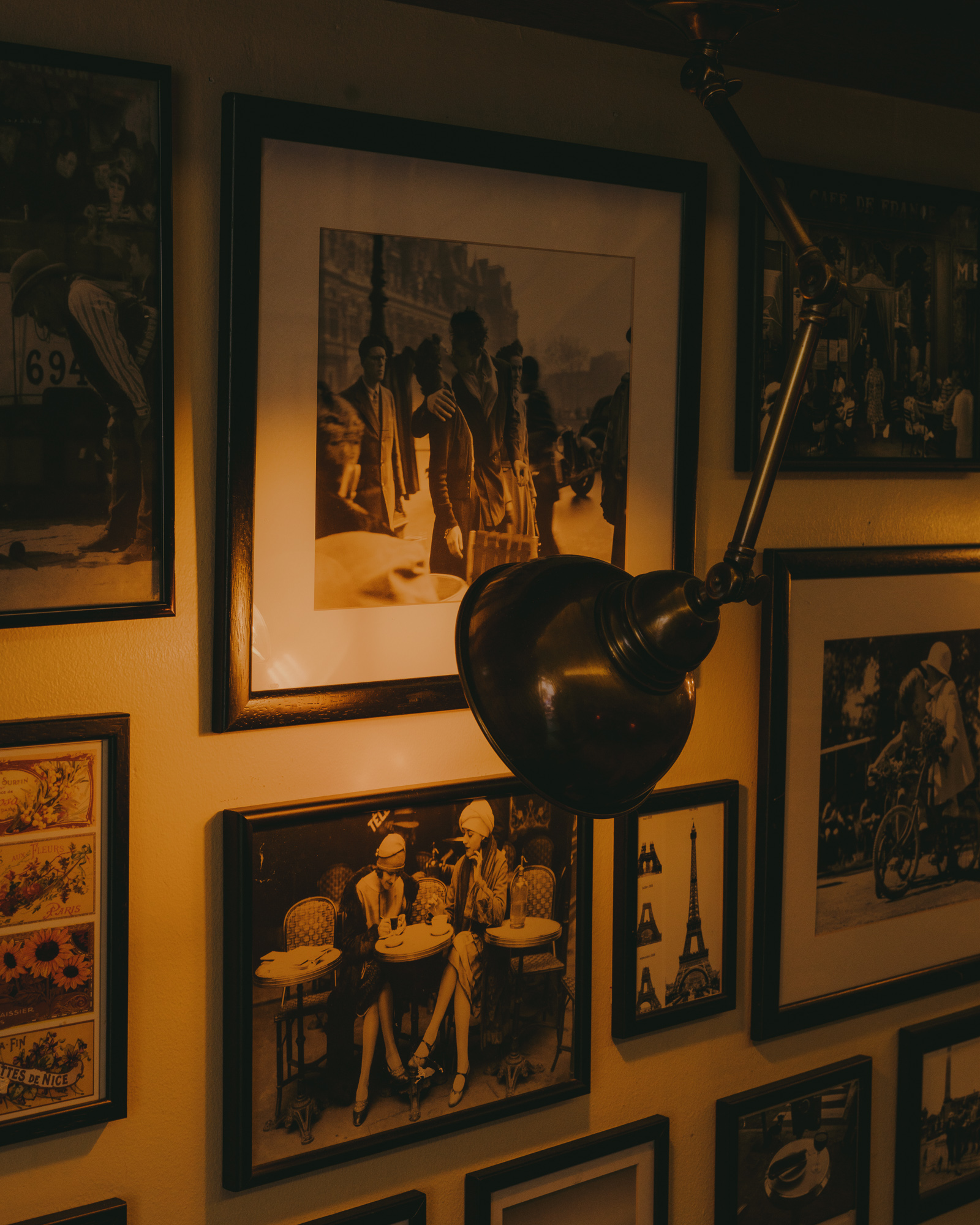
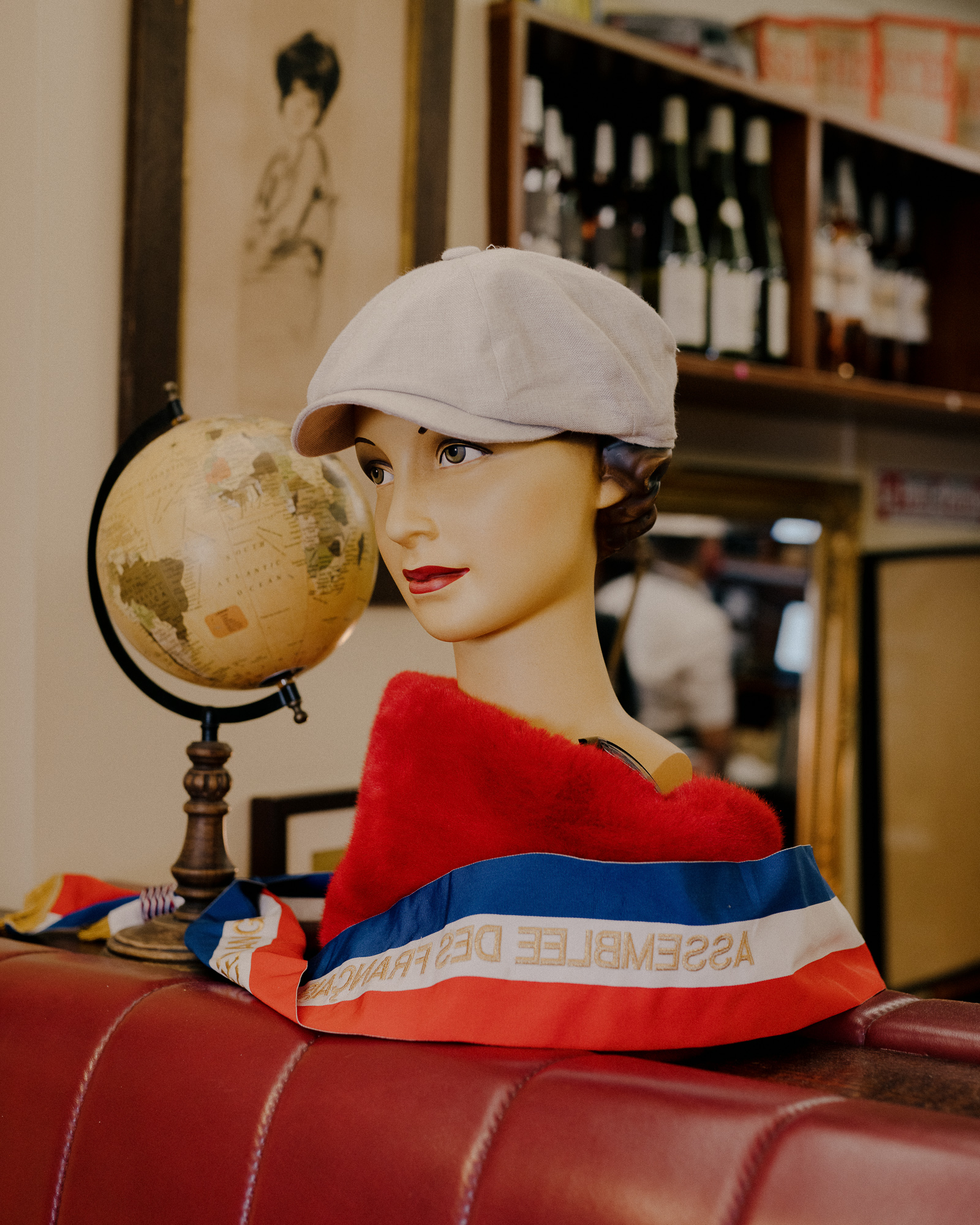


The mussels are boiled with the lid on for a couple of minutes, before being finished off without it. While the mussels are cooking the frites are deep-fried and served as hot as possible in a fryer that hits 140 degrees. Cut skinny style in-house with the skins on, the frites are cooked as is, with no parboiling or double frying.
The menu is dotted with Bistro home-style classics, from onion soup to bouillabaisse, but the moules-frites are without a doubt their signature dish. A dish that despite its Belgian origins feels intrinsically French. You know that the moules-frites are coming before they even get to the table, the smell of white wine mixed with an eye-watering amount of garlic. A gigantic great bowl of shells covered in the finely chopped shallots and garlic, with some flecks of parsley and of micro herbs, paired with an old-style bowl of perfectly crispy and dry frites. The slow methodical emptying of shells, the search for the fleshy orange flesh which tastes perfectly creamy and milky. The interchange between the crispy frites and the sweet creamy marinière sauce makes it perfect for dipping, while the empty blue-black shells stack higher and higher. It’s a dish that goes beyond simply picking up a knife and fork, it requires involvement and participation. There’s a more relaxed pace to a plate of mussels, a languidness that lends itself well to the surroundings of Chez Max. A dish like moules-frites perfectly matches Chez Max’s simplicity of purpose and purity of finesse.
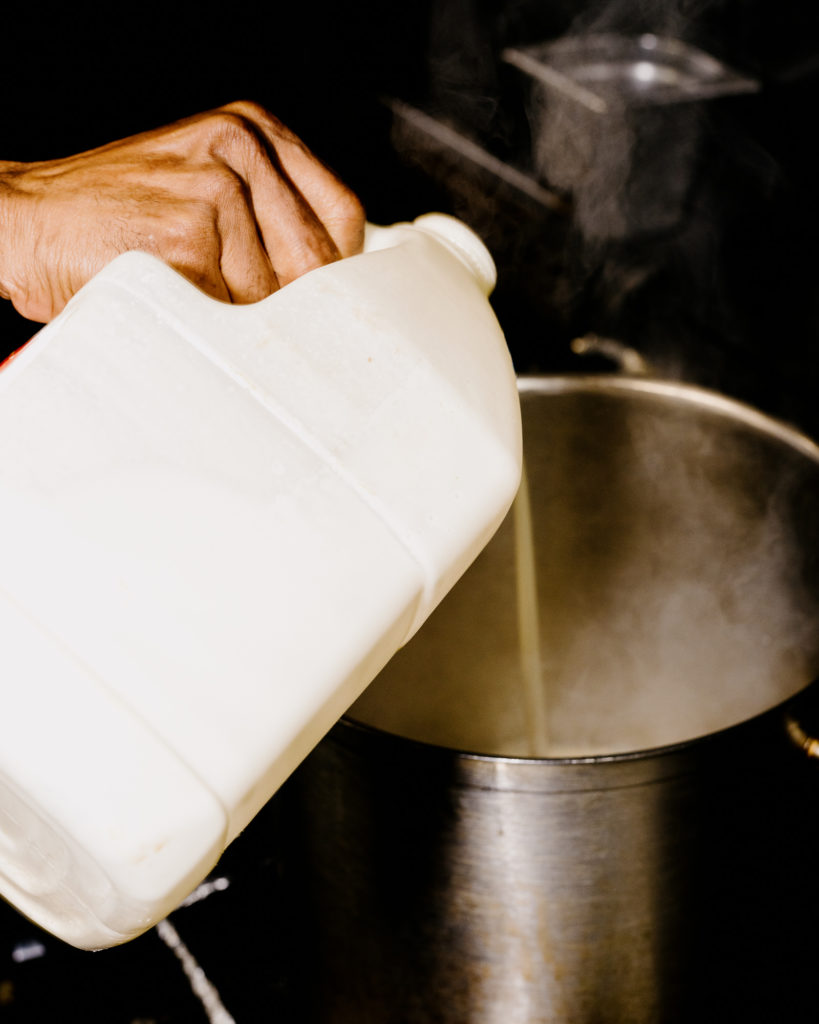
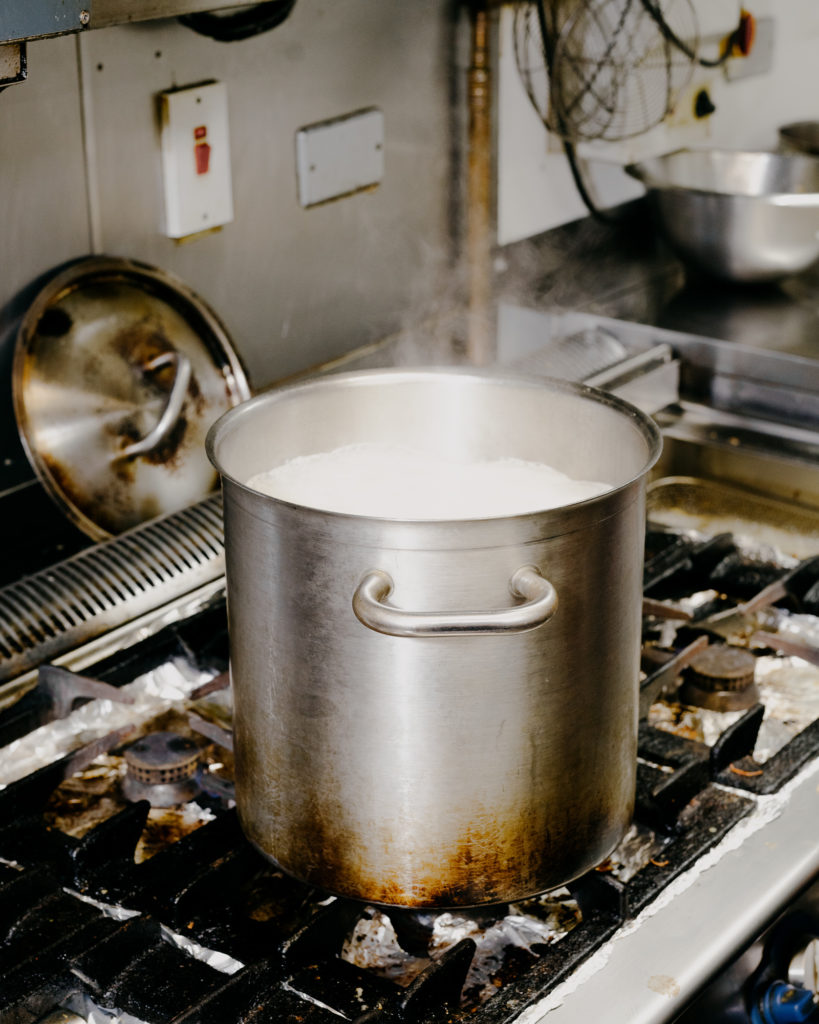
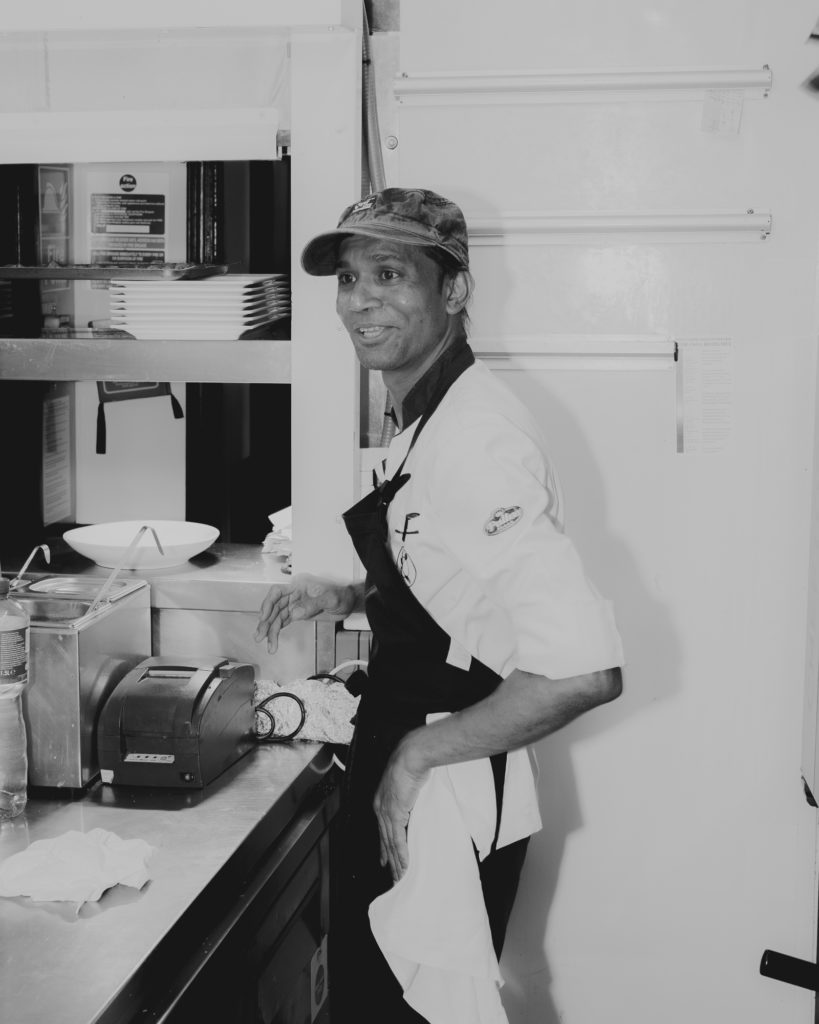
The interview took place between manager Tina Lidwa (TL) and head chef Kissonah ‘Javed’ Dharmasingh (JD):
Where do you even start with Chez Max it’s such an iconic place, how do you retain that sort of legacy?
TL: It’s mostly the food and Max himself, he is quite a character, he likes entertaining. We also keep changing, like we have Axel one of his friends he changes the decor from time to time. So food plus Max makes the place!
How does it feel working in such an iconic place, like I’m literally touching Dublin Castle right now?
TL: It’s nice because Max is a Count, so I always say “the Count is next to his castle”. He loves the place, when he had to choose whether to keep Palace Street or Baggot Street when his partner died he chose here. It was the two of them and then it was only him, so that’s why he had to choose. I feel like Palace Street suits him a lot, it’s nearly like his second home.
What is it about Chez Max’s that keep people coming back?
TL: The amount of people Max knows is amazing, all the guys from the pubs around they all come here. As well, everyone who works in French cuisine here, they are all connected, they all know each other they come and try the food. Everyone from the French restaurants, and there are a few around, they aren’t in competition with each other or anything, mainly because our food is different.

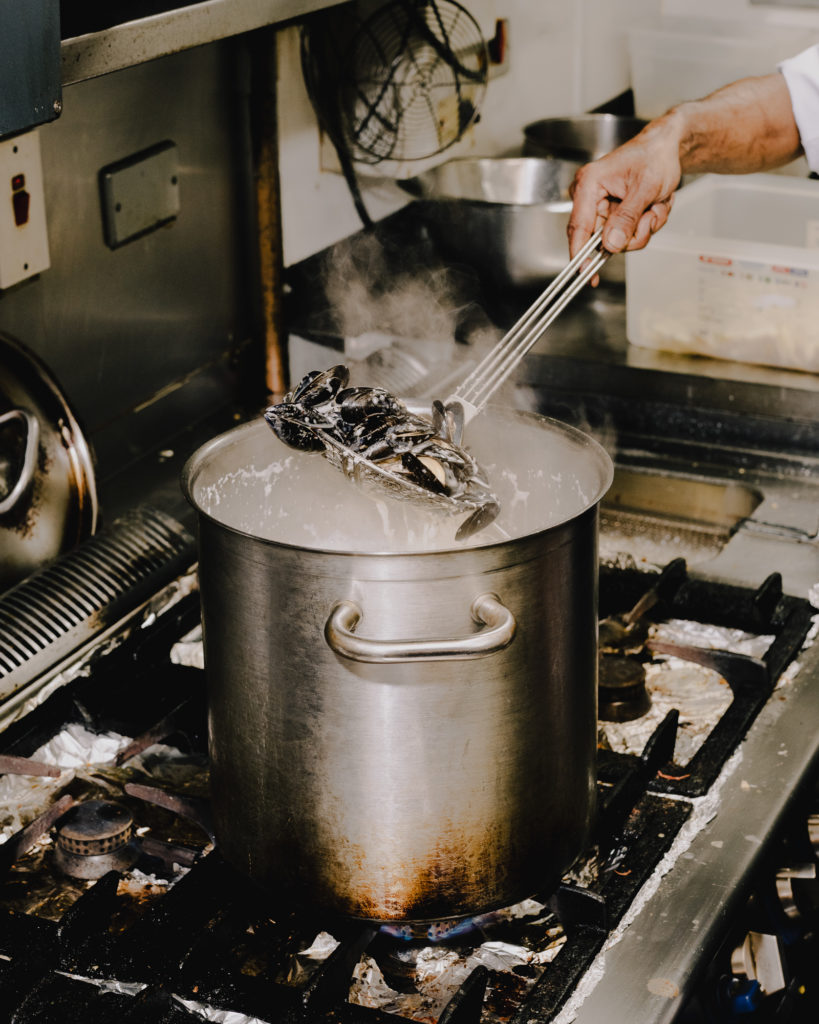
It’s not just French restauranteurs coming here either?
TL: No, every day people come for the specials which are different every day, it’s only on the weekend that we have the same menu. We have some customers that come and they won’t even look at the menu, they just ask for the plat du jour and they won’t even look at the board and see what it is, they will just take it.
Sounds like your customers place a lot of trust in your food?
TL: Some people they come in and we already know what they will have, they don’t even require a menu anymore. I know at least five people that come here nearly every weekend, they will take the same spot, the same table and they won’t even look at the menu, they will just have the plat du jour. The first week I was here, I thought it was mad that everyone knew each other here and knew exactly what they wanted each time.
Are these local people?
TL: Some are locals others travel a long way, from around the country because they want to eat here. Some people will come especially just for the day, most of the time we try to make space for them since they have come such a long way but sometimes we are full. The French people, I don’t know how but they all know about Chez Max, they always manage to find us. Even when they are on holiday they do find us, the other day we had a big family come in straight off the plane.
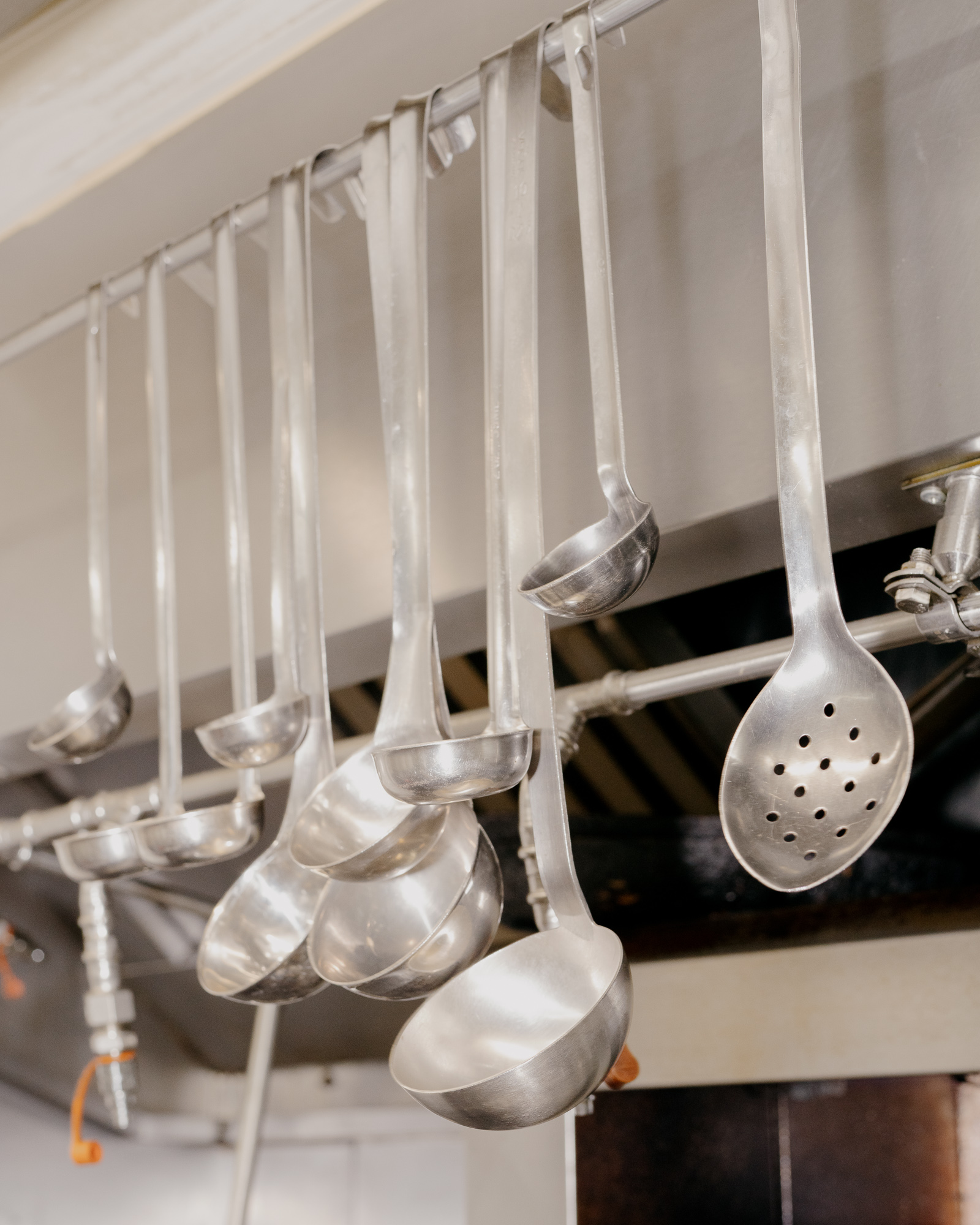
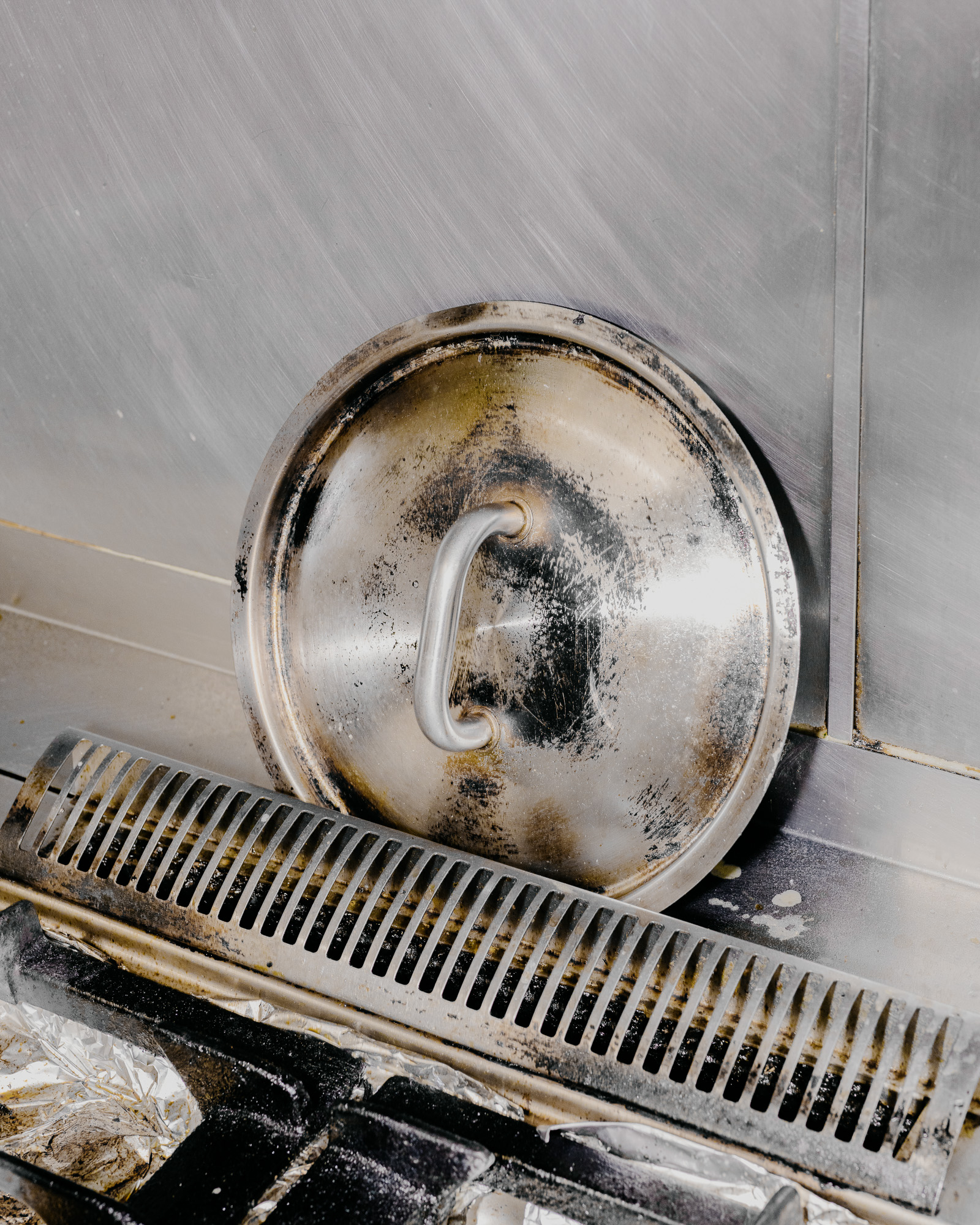
Do French people say that it matches up to cooking back home?
TL: Yes! Even most of my staff are from France, a lot of them are seasonal staff we advertise in France and they come for the season but they love it, one of the guys he only eats the bouillabaisse, he says it reminds him of home.
It sounds like much more than a restaurant
JD: It’s a family
TL: It’s home away from home for a lot of people. The food, the wine which is all French, so they are very happy to drink their own wine.
Does your menu change much?
TL: It does, some people will come in and ask for something that we had on the menu last year and we have to tell them “look our menu changes”.
People come here for the wine, the music, the atmosphere and the love of French food.
Kissonah ‘Javed’ Dharmasingh Head Chef at Chez Max
Do you make your menu seasonal?
JD: Yes we try to make it as seasonal as possible, we try to keep all traditionally French, making all the finishing touches as French as possible. People come here for the wine, the music, for the atmosphere and the love of French food, you could call it Paris in Dublin.
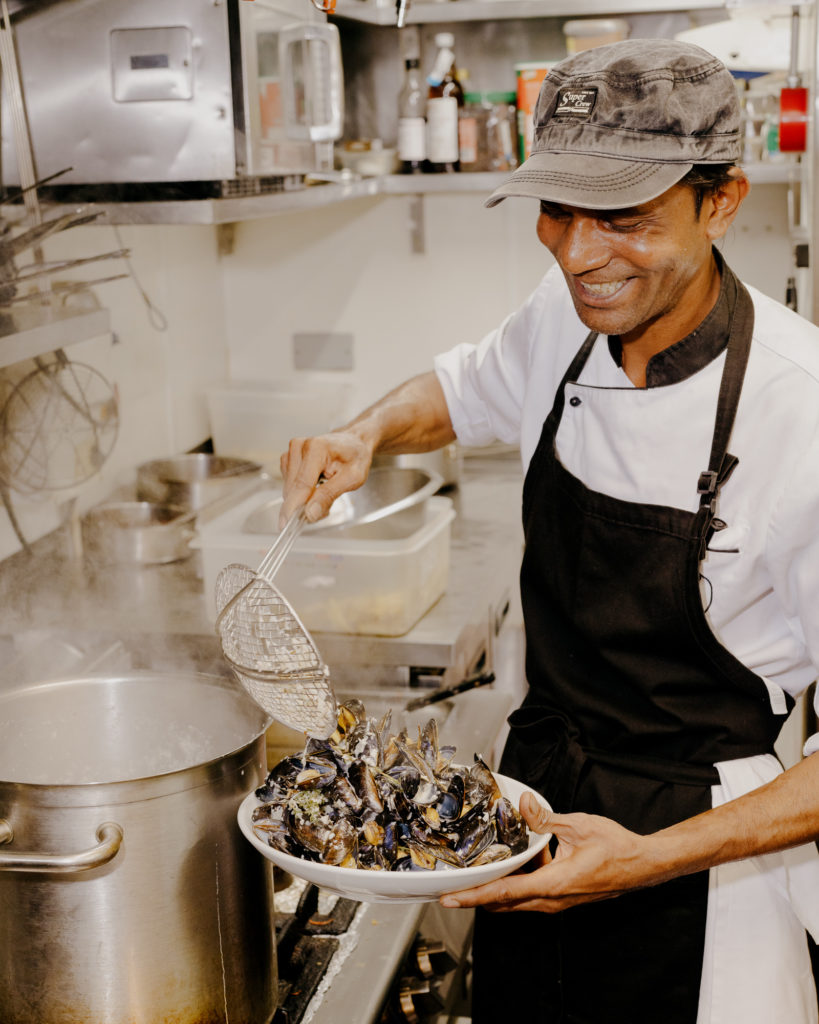
How long have you been working here for Javed?
JD: I’ve been here 14 years, I was here then I moved to Baggot Street [Chez Max’s second restaurant since closed down] then I moved back here. I’ve been learning a lot, the boss is very nice, he is serious but he also lets us enjoy our time which is so important.
Did you work your way up to becoming head chef in Chez Max?
JD: Yes, I started out in Chez Max as a chef de partie, then sous chef before becoming head chef.
Are you proud that you are head chef of Chez Max?
JD: I am super proud, I’m really happy here. I’ve worked with some amazing chefs here, I’ve grown up here surrounded by amazing French chefs.
We feel more comfortable speaking French, if you want something done fast here it’s better to ask in French!
Tina Lidwa manager of Chez Max
What’s your background?
JD: Before I came to Chez Max I worked in a French hotel in Mauritius where I am from. It was a typically French five-star hotel, when I came here it was only the accent that was different. I’ve since picked up the French accent though!
What were the differences between cooking here and in a five-star restaurant?
JD: Working in the French Hotel [in Mauritius] the way the food was made was completely different. In the hotel you make customers feel different but when a customer comes here they feel like they are in France. That’s the secret to Chez Max.
TL: Most customers eat with their eyes, but here they eat with their stomachs.
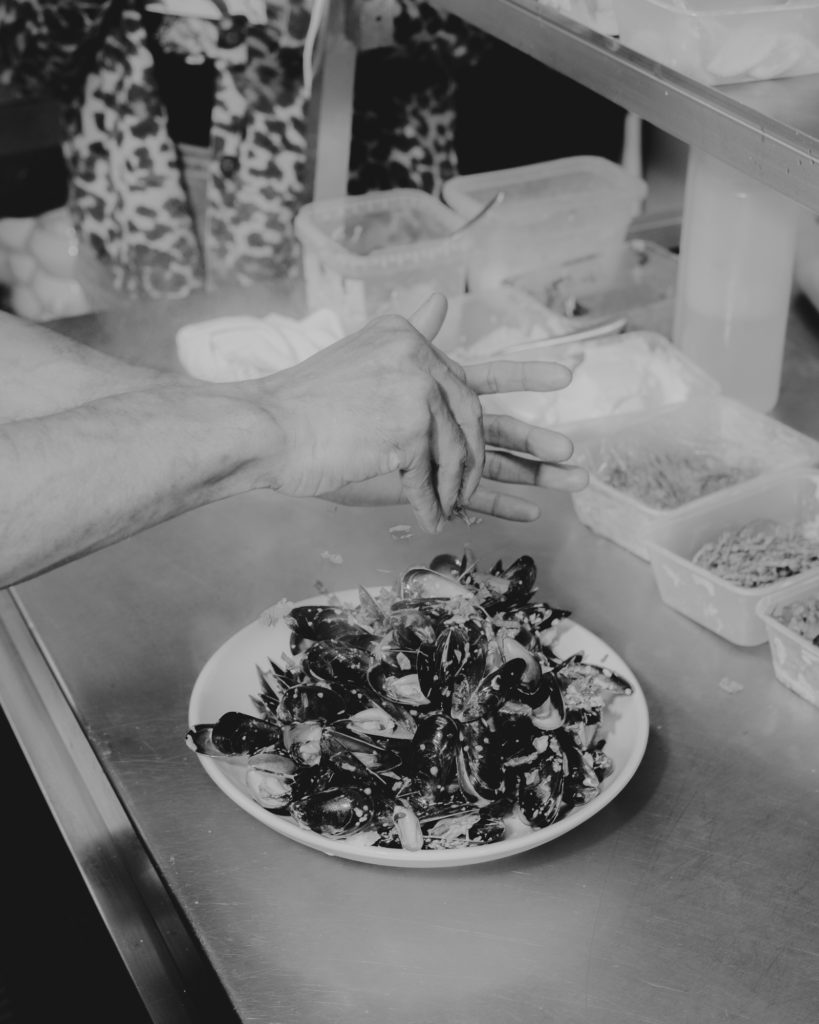
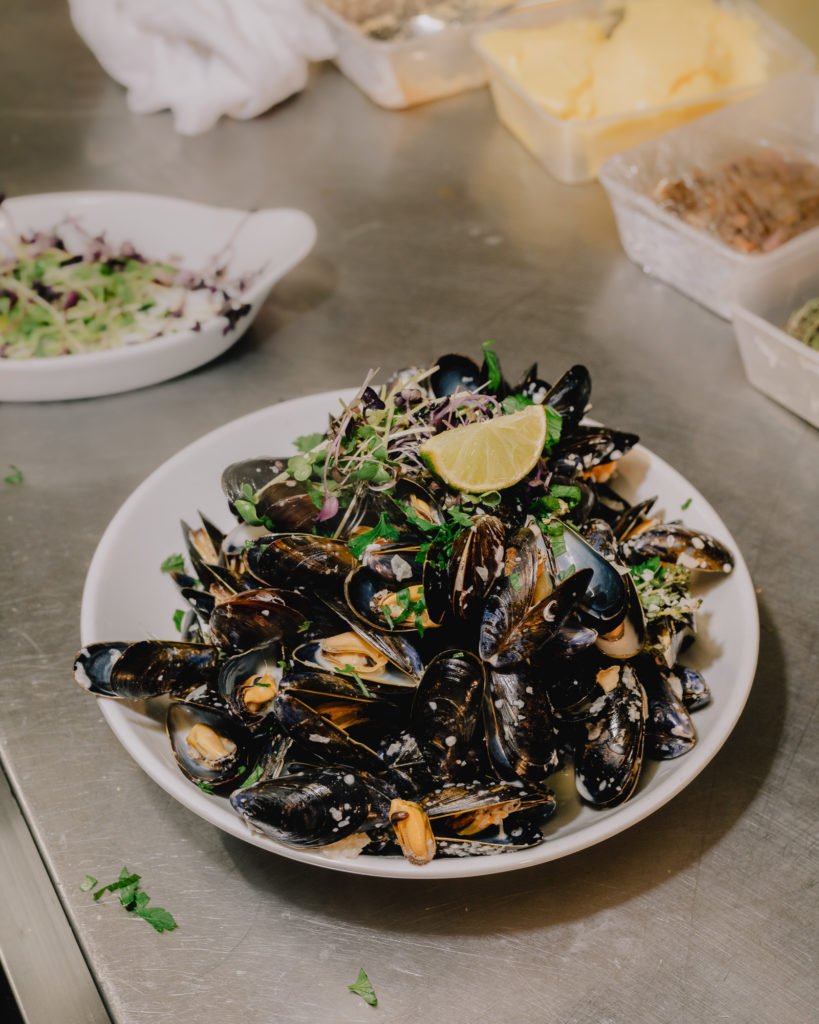
And does everyone speak French here?
JD: All the staff speak French, some customers can’t believe it but we do all speak French!
TL: I’m from Mauritius too, but I’ve been TL: I’m from Mauritius too, but I’ve been living here for 13 years so I’m fluent in English. All the floor staff speak French here, so I try my best and slowly the French is coming back to me. We feel more comfortable speaking French, if you want something done fast here it’s better to ask in French! The customers like listening to it, some people who don’t even speak French always try to say a few words to us, even if it’s just “au revoir” or “merci”.
Has there been much done to the interior?
TL: The artwork gets updated every so often by our resident artist Axel, he has helped to update the logo and everything. But we wouldn’t go for any major changes, Max likes the style of the traditional bistro so we try to retain that as much as possible.
Does that follow throughout the business?
TL: He’s always open to suggestions though, he has his own vision of how things should be but he is open minded and he listens.
JD: He trusts you, he hires people he can trust and he places his trust in them. If the customer is happy, he is happy
Say the Moules-Frites would have been seen as an older dish, which has now come back into fashion. Do you guys stick to your guns and not bow to trends or anything?
JD: If something is good and the people love it then it’s good. We sell a lot of mussels, we go through a 100kg of mussels per week, I could have 50, 60, 80 orders of mussels to do when I’m in the kitchen sometimes.
TL: Yeah we used to run out of them on Sundays, they were so popular. It does really well for lunch, some people have it as a starter and then their partner will have it for mains

What is it about French cuisine that people are so drawn to?
TL: You have fine dining which is really fine, but fine dining originated in home cooking. It’s just been made a little more pretty that’s it but it’s the same food.
JD: The French base is pretty different, when I went to Culinary school I learnt the French base it’s the dominant base, everywhere you go in the world you can work with it. It’s hard at the start but then it comes easy.
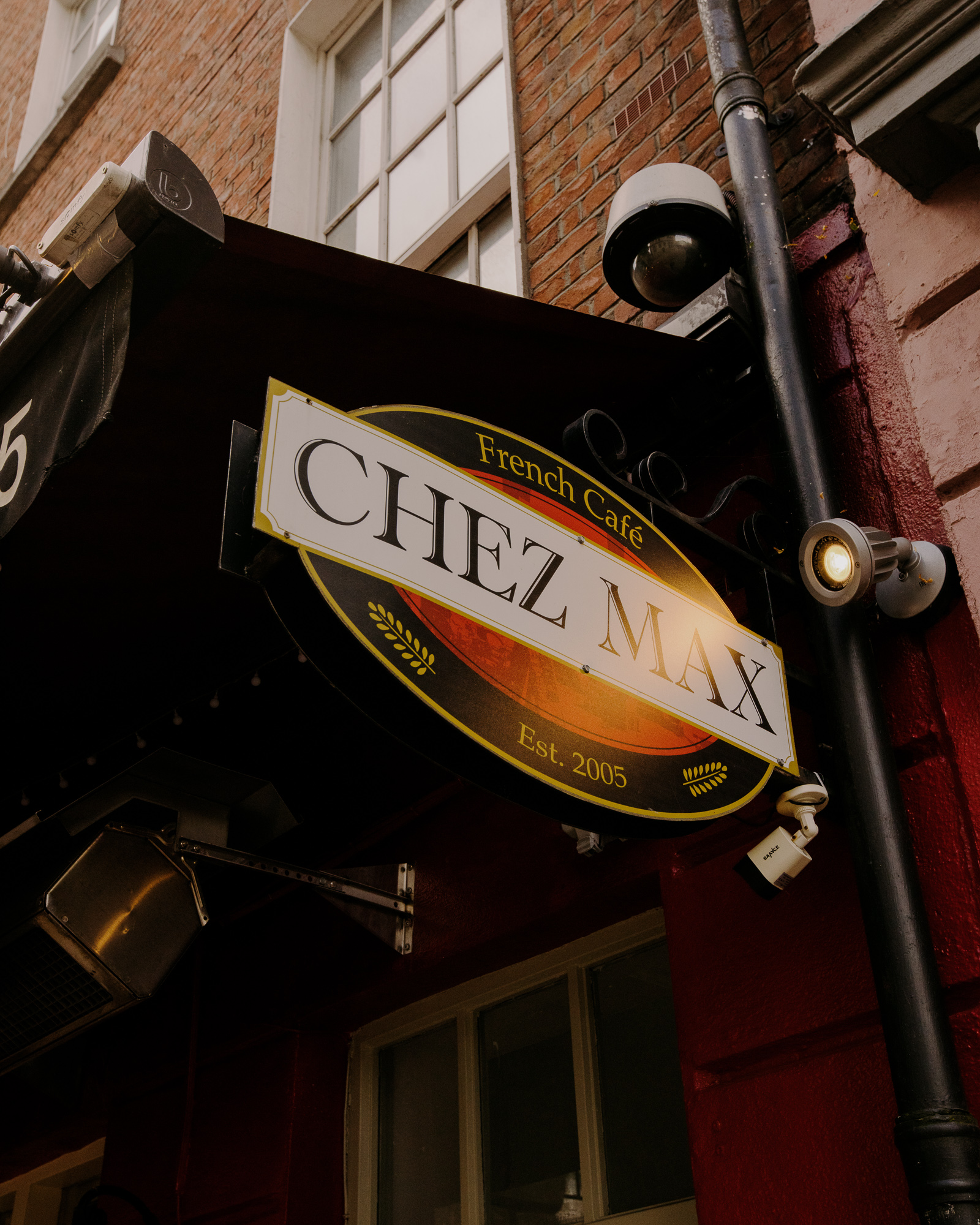
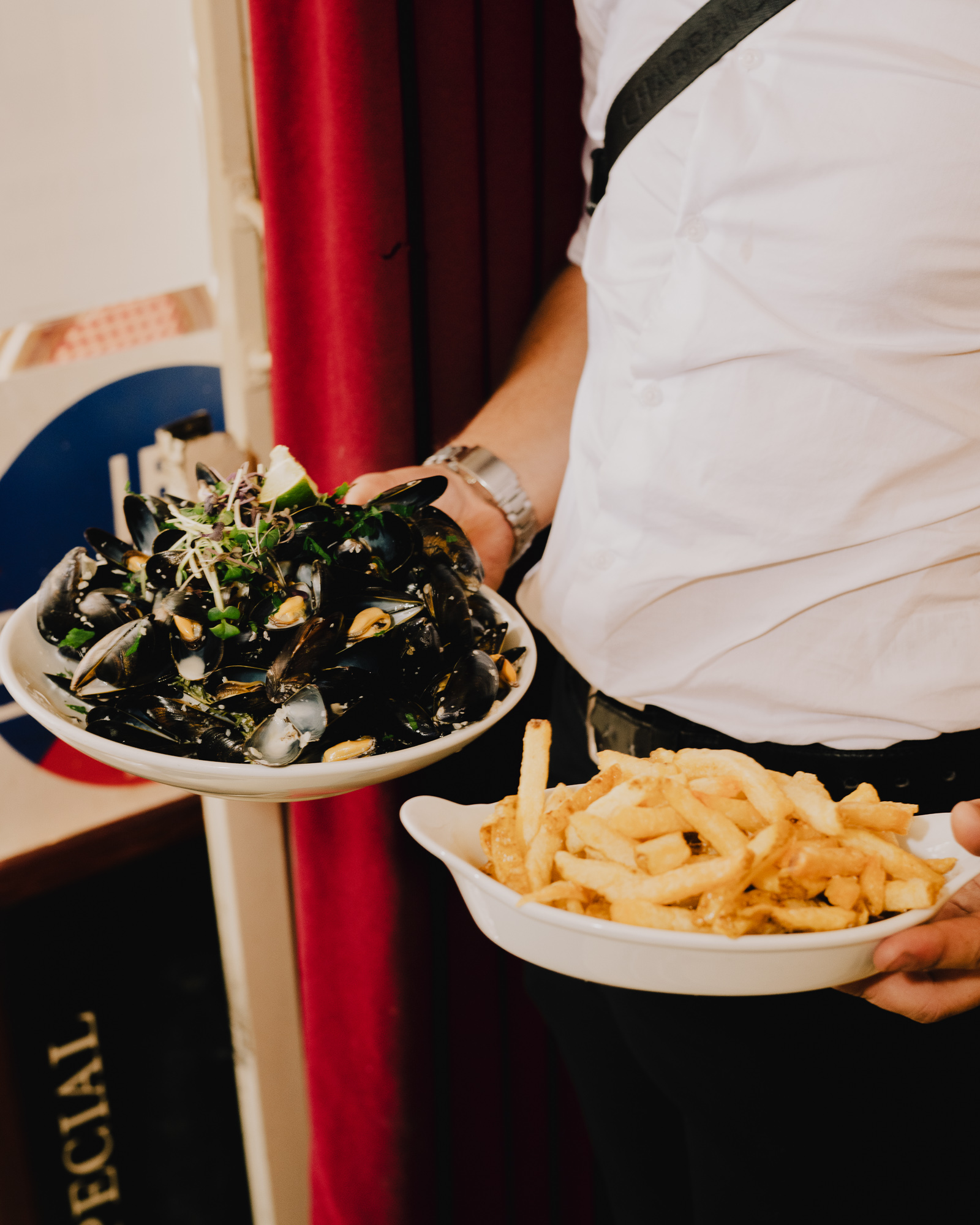
And everyone loves the mussels?
TL: I’ve never seen five-year-old kids eating mussels before, but they do here. I’ve seen kids aged five or four years old asking their parents to order them the mussels.
There is something about Moules-Frites that makes you think of holidays
JD: Same, I think it’s the combination of the cream and the wine, some people ask for it without cream but there’s no comparison if you do it without cream.
Where do you source your mussels from?
JD: From Beshoffs and Wrights and they come straight from the Irish sea.

I’ve never seen five-year-old kids eat mussels before, but they do here.
Tina Lidwa, manager of Chez Max
Do you do much to the mussels before they go on the plate?
JD: We just make sure they are as fresh as possible and that they are cleaned thoroughly. A mussel is very delicate, they should be fresh, open and warm when they go on the plate. Whether the sea is at low or high tide can impact the quality of the mussels sometimes.
Where do the potatoes come from?
JD: Freshpoint, we just wash them and chop them with the skin to preserve all the vitamins!
What wine do you recommend pairing with the Moules-Frites?
TL: I like the Mâcon-Villages or the petit Chablis.
You can find Chez Max on Dublin 2’s 1 Palace Street, follow them on Instagram for more information.
Elsewhere on District: Dosa Dosa’s Masala Dosa


